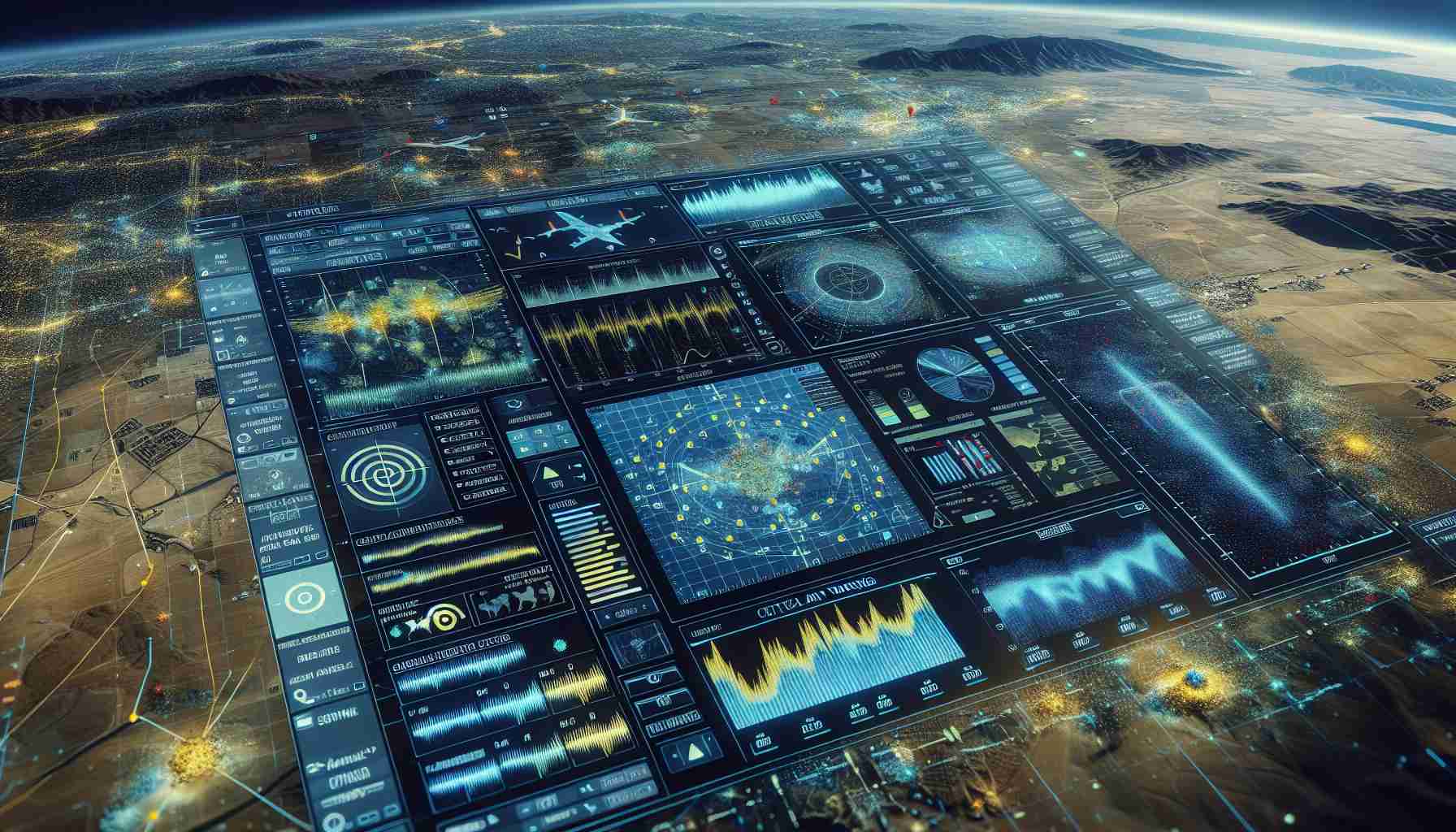AI-Powered Tools Bolster Armed Forces Accuracy
In the current era of technological warfare, AI-based analysis of satellite imagery, drone reconnaissance footage, and open-source information is revolutionizing military capabilities. The Ukrainian military is now able to target enemy positions with heightened precision, even under the cover of darkness, thanks to sophisticated software provided by American and European companies.
These tools not only assist in military operations but also play a crucial role in identifying war crimes. By employing facial recognition software, the Ukrainian authorities have been able to gather valuable intelligence on both Russian soldiers and their local affiliates involved in such activities.
The Integration of IT Specialists into Military Units
With the integration of IT and computer engineers in every unit, Ukraine underlines the importance of technological support at both tactical and operational levels, ensuring that their military can effectively exploit these advanced tools in various combat scenarios.
Meanwhile, the Israeli Defense Forces are using algorithms to select Hamas targets in the Gaza Strip, relying heavily on artificial intelligence to execute precision strikes. Although AI has been effective in neutralizing many members of the organization, there are concerns around the insufficient human oversight that has led to erroneous actions and significant civilian casualties, highlighting that the current technology still lacks the capability to differentiate between combatants and non-combatants and to comply with the laws of war.
Warfare’s Evolving Landscape and Ethical Considerations
This shift towards more automated warfare raises profound ethical questions and the need for international legal frameworks. The possibilities of fully autonomous weapons systems conducting attacks without human intervention lead to grave concerns, especially as powerful nations impede the revision of conventions that would address the use of AI in war.
Data analysis speed has become a critical factor, as seen in Ukraine’s success against parts of Russia’s Black Sea fleet without having its navy. Similarly, the Turkish defense industry has made significant strides in developing software for image analysis and facial recognition, as well as embedding AI in unmanned systems and military robots.
For nations like Greece, modernizing armed forces is not an option but a necessity in a tumultuous geopolitical reality. Adapting to a landscape where peace can no longer be taken for granted requires an urgent focus on strengthening deterrence measures to ensure collective survival. The future of conflict will undoubtedly be defined by the ability to harness the potential of AI-powered systems and the commitment to continuous innovation in military strategy.
Important Questions and Answers:
What are the potential risks associated with AI-powered military strikes?
AI-powered strikes could lead to situations where the decision-making process lacks adequate human oversight or moral judgment, resulting in wrongful harm or the escalation of conflicts. There is also a risk of AI errors, hacking, or malfunctioning, which could cause unintended damage.
How do advanced analytical softwares adhere to international laws of war, such as distinguishing between combatants and non-combatants?
Current AI systems may lack the nuanced understanding required to effectively distinguish between combatants and non-combatants. While sophisticated algorithms can aid in target identification, they must be designed and employed within the framework of international law, including the principles of distinction, proportionality, and necessity.
Key Challenges and Controversies:
A major challenge is ensuring that the use of AI in military applications is governed by strong ethical guidelines and international law to prevent violations of human rights. The controversy primarily lies in the fact that as AI technology advances, there is a risk of developing fully autonomous weapons which could act without human intervention, potentially leading to ethical dilemmas and unpredictable outcomes.
Advantages:
– Increased precision in military operations can lead to successful missions with reduced collateral damage and civilian casualties.
– Real-time data processing significantly enhances situational awareness and decision-making on the battlefield.
– Automation of certain tasks can protect soldiers from hazardous situations.
Disadvantages:
– Reliance on AI systems may create vulnerabilities, such as susceptibility to electronic warfare and cyber-attacks.
– There is a potential for accountability issues if AI makes incorrect decisions that lead to unlawful actions.
– Ethical concerns about the role of AI in life-and-death decisions and the potential for proliferation of autonomous weapons systems.
Related Links:
– Information on international legal frameworks for AI in warfare: International Committee of the Red Cross
– Details on the latest advancements in AI and defense technologies: Defense Advanced Research Projects Agency (DARPA)
– Coverage of ethical issues surrounding AI in military applications: Amnesty International

